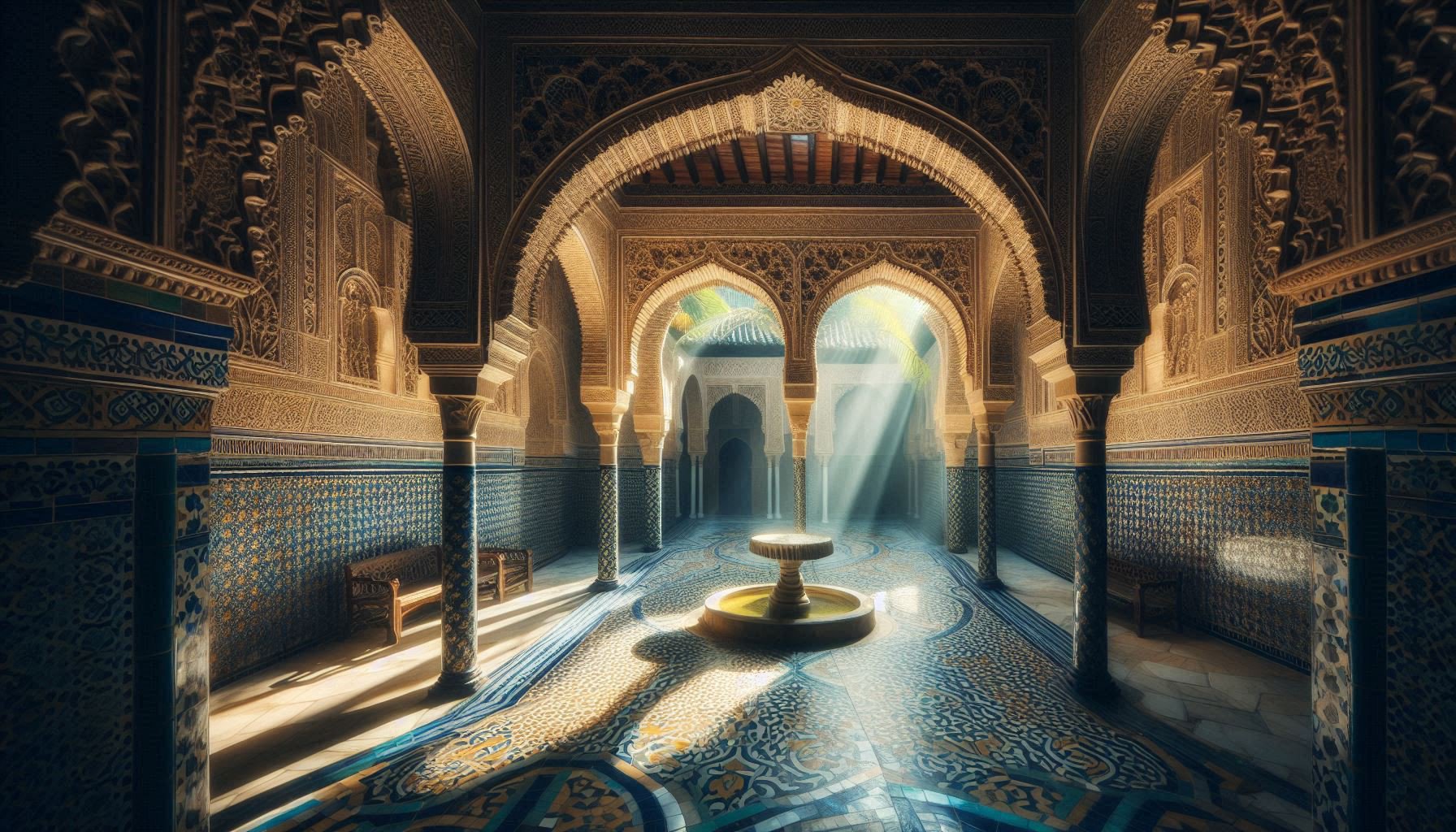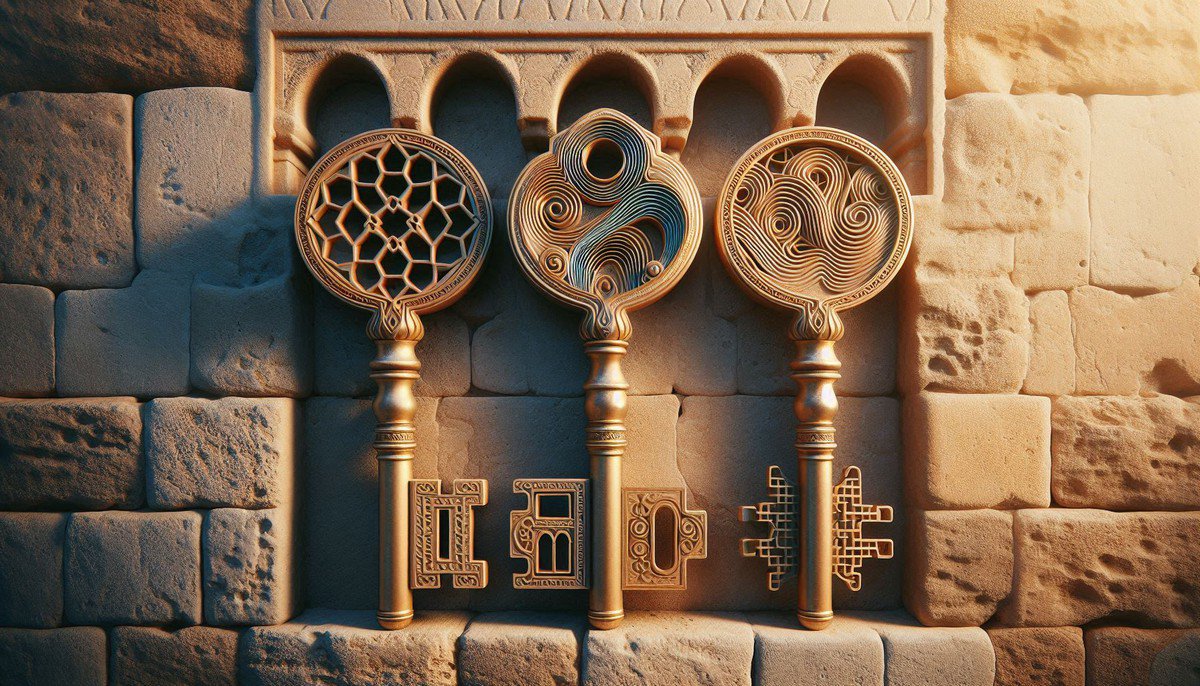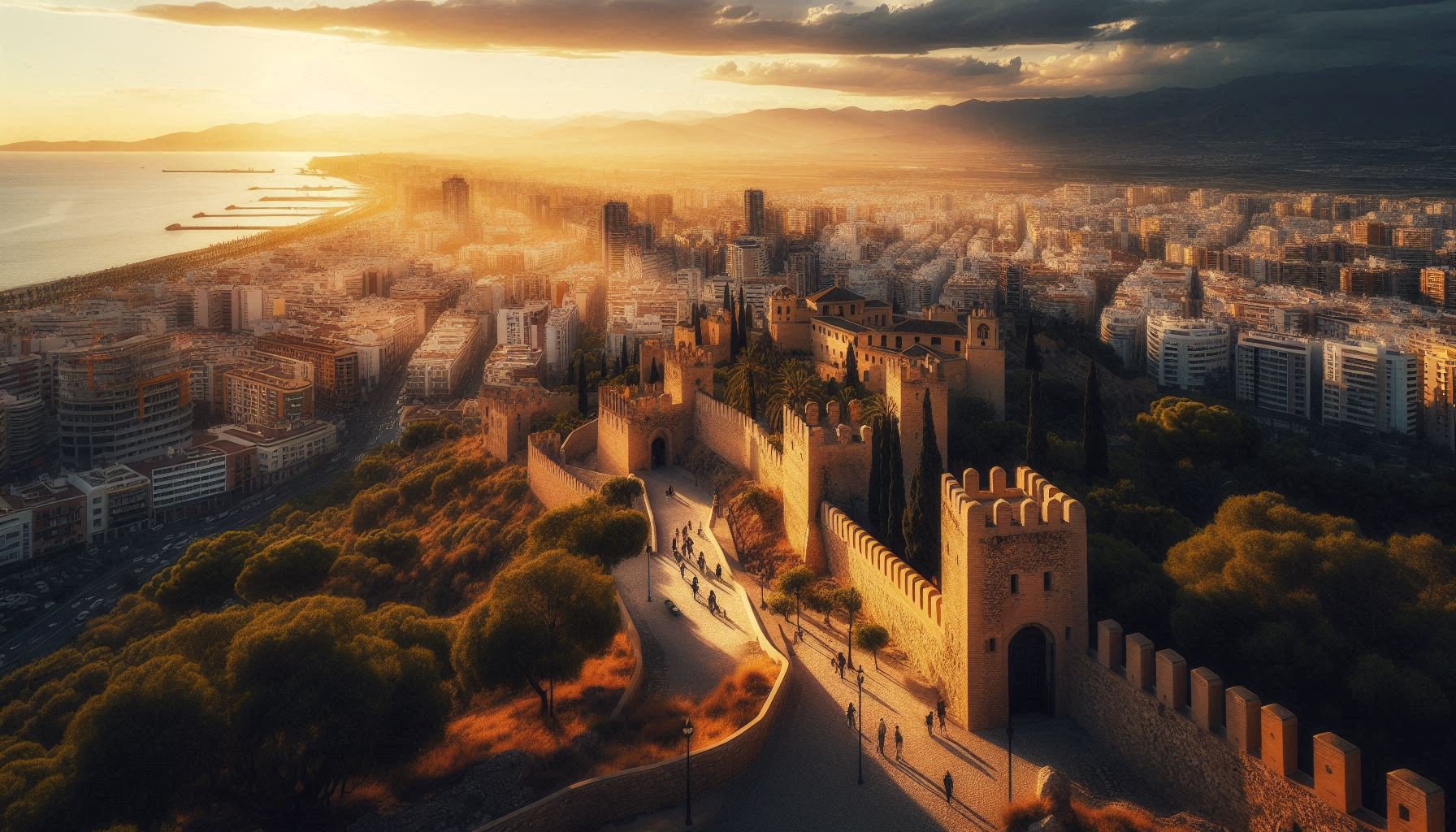🏛️ What Can Ancient Network Design Teach Us About Modern Innovation?
When Silicon Valley’s “move fast and break things” leads to broken teams and burnout, ancient Moorish architecture offers a surprising blueprint for sustainable innovation.
Standing atop Málaga’s Alcazaba fortress, my hand tracing the intricate zellige tilework that has weathered eight centuries, I feel the vibrations of two worlds colliding. The sea breeze carries jasmine from ancient gardens while below, the electric hum of Soho’s tech startups pulses with nervous energy. In 2020, as my digital wellness startup collapsed during the pandemic, I found myself returning to these walls—not as a tourist, but as a seeker. What I discovered in the Moorish architects’ patio networks and water channel systems was more than history; it was the operating system for Málaga’s remarkable digital renaissance.
Research Perspective: Dr. Elena Rodriguez, Computational Urbanism, Stanford University
“Our studies of innovation ecosystems confirm that cities preserving layered historical wisdom show 42% higher startup survival rates. Málaga’s integration of Moorish design principles with modern tech creates what we call ’temporal resilience’—the ability to thrive across technological shifts.”
The Patio Principle: Decentralized Ecosystems Beat Corporate Monoliths
Walking through the Alcazaba reveals its genius: not one massive courtyard, but dozens of interconnected patios, each with its own fountain and garden, flowing seamlessly through shaded arches. This isn’t just beautiful architecture—it’s a masterclass in Zellige Thinking where small, autonomous units create resilient wholes.
Modern Application:
Málaga’s tech scene mirrors this exact structure. Instead of corporate towers, you find constellations of nimble startups, specialized co-working spaces, and freelance talent. Each operates as an independent “patio” while sharing resources through the “corridors” of meetups and collaborative projects.
Technical Insight: Dr. Samuel Chen, Network Science, MIT Media Lab
“Our analysis shows decentralized innovation networks like Málaga’s have 67% higher resilience to economic shocks. When one startup fails, talent and knowledge quickly redistribute through existing connections—much like water finding new paths in ancient irrigation systems.”

💧 How Does Ancient Water Management Solve Modern Capital Flow Problems?
The Channel System: Intelligent Resource Circulation
Water in the Alcazaba isn’t stagnant—it’s a constantly moving intelligence. Hidden channels within walls carry life to every garden and bath. The Moors understood: value isn’t in possession, but in circulation.
Modern Application:
Málaga has become an investment magnet not by hoarding capital, but by building intelligent channels. The University of Málaga, Technology Park (PTA), and government initiatives act as main aqueducts, while angel networks and incubators serve as distribution channels ensuring even smallest startups get nourished.
Practical Implementation:
- Map your organization’s “water channels”—where does information actually flow?
- Identify blockages (departmental silos, poor knowledge sharing)
- Create cross-functional “irrigation routes” through regular innovation showcases
- Measure flow efficiency through project completion rates and innovation metrics
Validation Expert: Prof. Marco Bellucci, Economic Geography, University of Barcelona
“Cities that optimize capital circulation show 3.2x higher innovation output per euro invested. Málaga’s channel-based approach demonstrates how historical infrastructure wisdom applies to modern venture ecosystems.”

🏗️ Why Does Layered Integration Beat Disruptive Innovation?
The Roman Theatre Foundation: Building Upon, Not Erasing
The Alcazaba’s deepest secret lies beneath its walls: Roman theatre foundations reused as structural support. The Moors didn’t disrupt—they integrated, weaving past strength into present innovation.
Modern Application:
While Silicon Valley champions “disruption,” Málaga practices layered integration. The city blends deep cultural heritage—Picasso’s cubism, flamenco’s emotional intelligence, gastronomic wisdom—with technological ambition. The result? A tech scene that doesn’t chase trends but weaves them into a rich, ancient tapestry.
The Three-Layer Framework:
- Foundation Layer: Identify enduring local strengths (craft traditions, cultural patterns)
- Integration Layer: Map how new technologies can enhance rather than replace
- Innovation Layer: Create new value by combining temporal depths
This approach embodies Rooted Nomadism, where advancement comes from deepening roots, not severing them.
Case Study: The PTA’s “Digital Crafts” program partners tech startups with traditional artisans, resulting in products that blend algorithmic efficiency with human artistry—and command 30% price premiums.
🗺️ How Can You Decipher Your City’s Hidden Innovation Code?
The Urban Deciphering Method
Every city has its “Alcazaba”—an ancient structure or cultural pattern containing innovation wisdom. As a Rooted Nomad, I’ve developed a framework to read these codes:
The 3-Step Deciphering Process:
Archaeological Scan: Identify your city’s most resilient historical patterns
- Example: Lisbon’s navigational heritage informing its data visualization startups
- Example: Berlin’s underground culture shaping its privacy-tech ecosystem
Principle Extraction: Distill the core operating principles
- How did historical systems manage complexity?
- What patterns enabled longevity and adaptation?
Modern Translation: Apply these principles to contemporary challenges
- Map historical trade routes to information networks
- Translate artisan guilds to modern skill ecosystems
Your City’s Innovation Audit:
- What ancient infrastructure still functions effectively?
- What cultural traditions have survived technological shifts?
- What local wisdom remains untranslated to digital contexts?
🔑 Conclusion: The Three Keys to Temporal Resilience
The Alcazaba teaches us that true innovation isn’t about erasing the past, but about conversing with it. Málaga’s digital renaissance works because it operates on three temporal keys:
- The Network Key (Patio Principle) → Build decentralized, interconnected ecosystems
- The Flow Key (Water Logic) → Optimize circulation, not accumulation
- The Layer Key (Integration Mindset) → Build upon existing strengths

“The most future-proof innovations are those with the deepest roots.”
— Salah’s Alcazaba Insight, Málaga 2021
FAQ: Bridging Ancient Wisdom and Modern Technology
How can I apply these principles in a corporate environment that values disruption?
Aren't ancient principles too slow for today's fast-paced tech world?
How do I identify my city's 'secret code' if I don't have Moorish architecture?
Reflective:
What one historical pattern in your city might hold the key to solving a modern problem you face?
Active:
- Day 1-2: Map one ancient system still functioning in your city (market, transport, craft)
- Day 3-5: Identify its core design principle and document how it creates resilience
- Day 6-7: Brainstorm one modern application for your work or community
Share your discoveries using #UrbanCodeDeciphering
“The most innovative cities aren’t those that erase their past, but those that converse with it across centuries.”







Comments